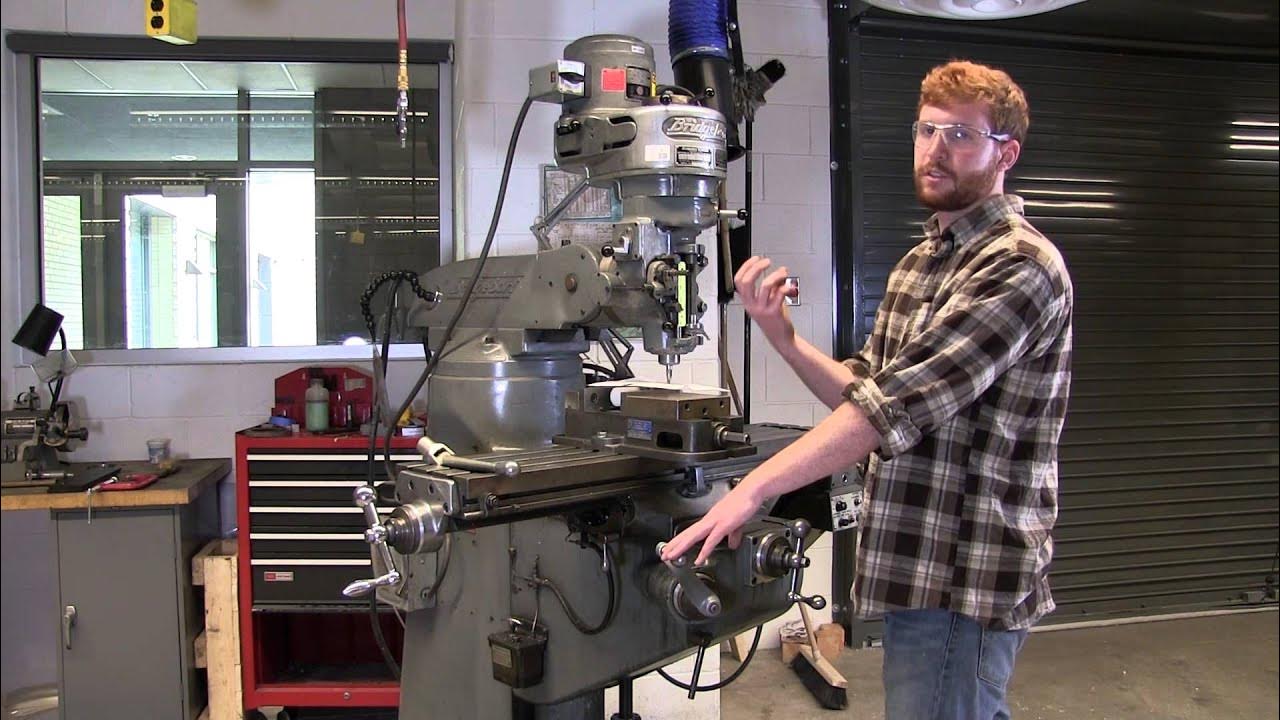3 Ways To Mix Techno (DJ Tutorial)
Summary
TLDRDans cette vidéo, Danny James de Crossfader présente trois techniques pour mixer de la musique techno : le mélange lent avec EQ, l'échange de drops et la superposition. Chaque méthode peut être réalisée avec n'importe quel matériel DJ. Il explique comment créer des transitions fluides avec EQ, comment garder les deux pistes en mélange pour une énergie accrue, et comment superposer des éléments pour créer quelque chose de nouveau. Le but est de guider l'auditoire à travers un voyage sonore et d'élever le niveau de la performance.
Takeaways
- 🎧 Le script d'introduction présente Danny James de Crossfader qui va explorer trois techniques de mixage de musique techno.
- 🎛️ La première technique abordée est le mélange lent avec les équilibres (EQ) pour créer des transitions fluides et longues.
- 🔊 L'importance de la gestion des fréquences pour apporter une dimension supplémentaire au mix est soulignée.
- 🎵 La deuxième technique est le swap des drops, qui permet de maintenir une énergie élevée en gardant les deux pistes en mélange.
- 🎶 La troisième technique est la superposition, qui combine des éléments de plusieurs pistes pour créer un mélange unique.
- 👨🏫 Le script mentionne un cours de mixage techno proposant plus de 35 vidéos couvrant tous les aspects du mixage de musique techno.
- 💾 Il est conseillé aux auditeurs d'essayer ces techniques avec leurs propres morceaux pour expérimenter et s'améliorer.
- 🔁 L'exemple du swap des drops est illustré en gardant les deux pistes en mélange et en changeant les éléments pour un effet surprenant.
- 🎚️ La superposition est présentée comme une méthode pour ajouter des couches de sons et créer une texture musicale riche.
- 🎧 Le script conclut en encourageant les spectateurs à appliquer ces techniques à leurs propres mélanges et à suivre d'autres vidéos pour améliorer leurs compétences.
Q & A
Quel est le sujet principal de la vidéo présentée par Danny James?
-Le sujet principal de la vidéo est l'exploration de trois techniques différentes pour mixer de la musique techno.
Quelles sont les trois techniques de mixage techno abordées dans la vidéo?
-Les trois techniques de mixage techno abordées sont le mélange lent avec les équateurs (EQ), l'échange des drops et le layering.
Comment les équateurs (EQ) sont-ils utilisés dans le premier exemple de technique?
-Dans le premier exemple, les équateurs sont utilisés pour créer une transition lente et douce entre deux pistes, en commençant par couper tous les équateurs et en les ajustant progressivement pour apporter des éléments sonores de la nouvelle piste tout en enlevant ceux de la piste actuelle.
Quelle est la différence entre le mélange lent avec les équateurs et l'échange des drops?
-Le mélange lent avec les équateurs se concentre sur une transition progressive entre deux pistes, tandis que l'échange des drops implique de garder les deux pistes en même temps dans le mix, en changeant les éléments pour créer une énergie élevée.
Comment le layering est-il décrit dans la vidéo?
-Le layering est présenté comme une technique qui combine des éléments des deux techniques précédentes pour créer quelque chose de nouveau. Il implique de mélanger des éléments de plusieurs pistes pour créer une nouvelle texture musicale.
Quels sont les avantages de mixer avec des transitions longues, comme le suggère la vidéo?
-Mixer avec des transitions longues permet de guider l'auditoire sur un voyage musical, en apportant une immersion plus profonde et en offrant une expérience plus riche et dynamique.
Quelle est la signification de 'swapping the drops' dans le contexte de la vidéo?
-'Swapping the drops' signifie garder les deux pistes en même temps dans le mix et de basculer les éléments sonores entre elles pour maintenir une énergie élevée et surprendre l'auditoire.
Quels sont les outils ou les équipements nécessaires pour réaliser ces techniques de mixage, selon la vidéo?
-Selon la vidéo, ces techniques peuvent être réalisées sur n'importe quel matériel DJ, ce qui signifie qu'il n'y a pas de spécificité d'équipement requise.
La vidéo mentionne-t-elle des ressources supplémentaires pour apprendre à mixer de la musique techno?
-Oui, la vidéo mentionne un cours de mixage techno qui couvre plus de 35 vidéos et aborde tous les aspects du mixage de la musique techno, depuis la gestion de la bibliothèque musicale jusqu'aux tutoriels spécifiques aux effets et au matériel.
Quelle est la recommandation finale de Danny James pour les spectateurs qui veulent expérimenter ces techniques?
-Danny James recommande aux spectateurs d'expérimenter ces techniques avec leurs propres pistes et d'aller voir le cours de mixage techno s'ils sont intéressés par une approche plus approfondie.
Outlines

This section is available to paid users only. Please upgrade to access this part.
Upgrade NowMindmap

This section is available to paid users only. Please upgrade to access this part.
Upgrade NowKeywords

This section is available to paid users only. Please upgrade to access this part.
Upgrade NowHighlights

This section is available to paid users only. Please upgrade to access this part.
Upgrade NowTranscripts

This section is available to paid users only. Please upgrade to access this part.
Upgrade Now5.0 / 5 (0 votes)






